Human Machine Interface
Human Machine Interface (HMI) technology is at the core of modern industrial automation, providing seamless communication between humans and machines. From simple display screens to advanced touch panels, HMI systems drive efficiency and precision across industries. This comprehensive guide will cover everything from the basics of HMI to its latest applications and innovations, helping you understand how these interfaces are revolutionizing industrial control systems.
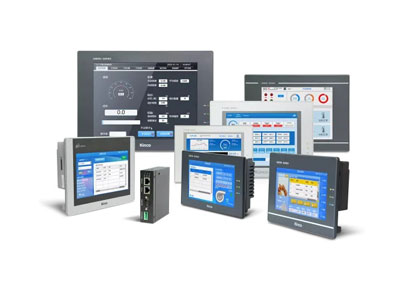
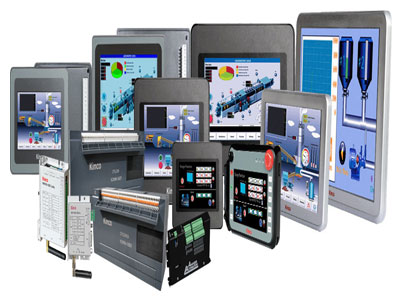
Introduction to Human Machine Interface (HMI)
Human Machine Interfaces (HMIs) bridge the gap between operators and machines, allowing seamless interaction. HMIs range from basic controls to complex touch panels, making industrial processes efficient. This chapter introduces the purpose and role of HMIs in automation and their importance in various industries.
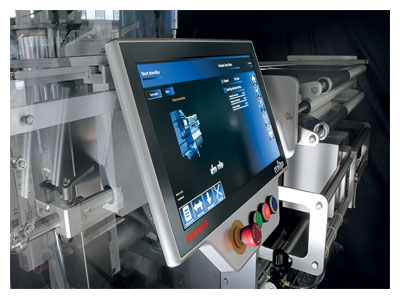
HMI Principles and Structure
The core principle of HMI revolves around creating an intuitive interface that simplifies machine control. In this chapter, you’ll learn how HMIs are structured, the various components involved, and their functions in providing operators with real-time feedback, ensuring safety and precision in industrial processes.
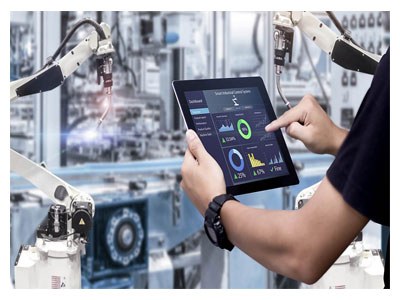
Types and Stages of HMI
HMIs come in various types—ranging from push-button controls to graphical touchscreens—each suited to specific tasks. This chapter covers the different stages and types of HMI, highlighting their uses in automation, from basic input methods to advanced user-friendly interfaces in modern industries.
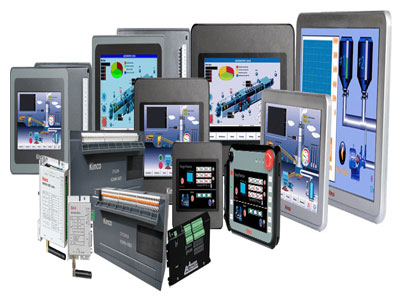
Applications and Use Cases of HMI
Human Machine Interfaces are vital in a range of industries, from manufacturing to automotive. This chapter explores practical examples of HMIs in action, discussing real-world applications in factories, vehicles, and industries where they optimize processes and enhance user control and machine interaction.
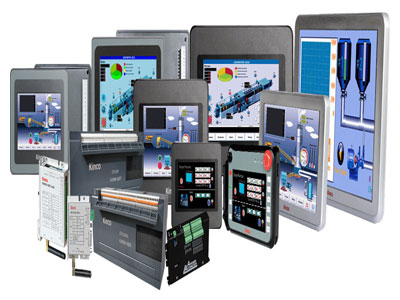
HMI Technology, Trends, and Tools
HMI technology is evolving rapidly, incorporating AI and advanced design tools. In this chapter, you’ll explore the latest trends shaping HMI, from intuitive touchscreens to predictive technologies. Learn about the tools enabling industries to stay competitive and future-proof their operations with next-gen interfaces.
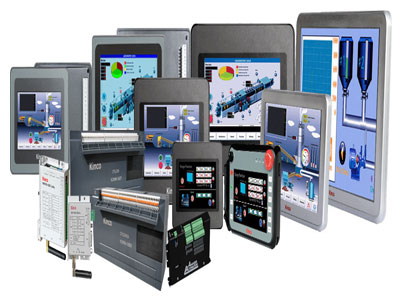
HMI and Other Technologies
This chapter dives into how HMIs integrate with SCADA, PLC, and other control systems, enabling seamless data exchange and automation. You’ll also discover the distinctions between HMI and display technologies, and how HMI fits into wider automation ecosystems like DCS, supporting efficient industrial management.
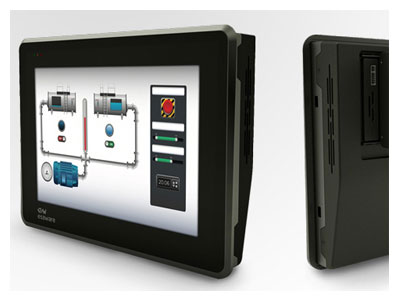
Software, Protocols, and Programming
Behind every effective HMI is the software and protocols that power it. This chapter delves into the critical software used for HMIs, the communication protocols that ensure smooth operations, and the role of programming in customizing HMIs to meet specific industrial needs and applications.
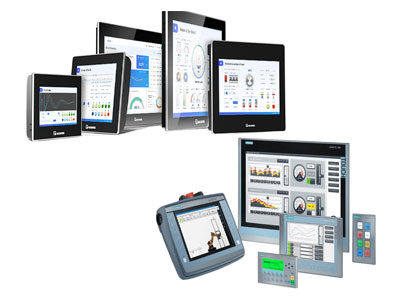
Creating an efficient HMI involves careful design and development. This chapter provides insights into how HMIs are designed, from user-friendly interfaces to the programming behind the scenes. Learn about the essential steps in developing an HMI that ensures seamless machine control and operator interaction.
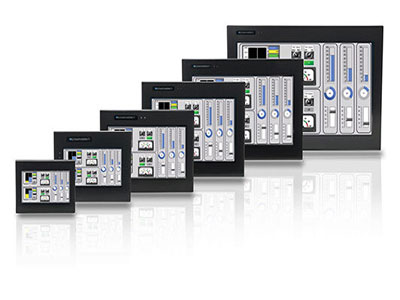
Specialized HMI Topics
HMIs aren’t limited to simple control panels—they perform specialized functions in industrial automation. In this chapter, you’ll explore the role of HMI in tasks like relay control, data recording, and modern systems. Discover how HMI safety features ensure protection in sensitive environments.

Human Machine Interface in Industry 4.0
As industries embrace Industry 4.0, HMIs are evolving to keep pace. This chapter discusses the role of HMI in the smart factory, where connected machines and cloud-based systems allow operators to manage processes remotely, enhancing efficiency and integrating seamlessly with other Industry 4.0 technologies.

AI and Automation in HMI
AI is revolutionizing HMIs by enabling smarter interactions. This chapter covers how AI enhances HMI functionality, from predictive maintenance to adaptive user interfaces. Learn how AI-driven HMIs create more efficient processes, providing better insights and faster responses in automated environments.
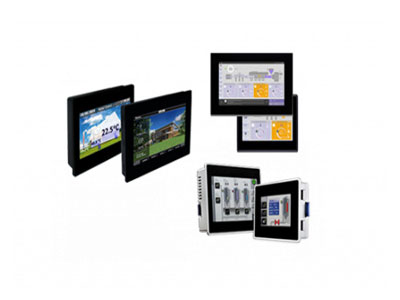
Challenges and Security in HMI Systems
Implementing HMI systems can come with challenges, from integration issues to security risks. This chapter explores common hurdles in HMI deployment and the strategies to overcome them, including ensuring data security and protecting against cyber threats in increasingly interconnected industrial systems.
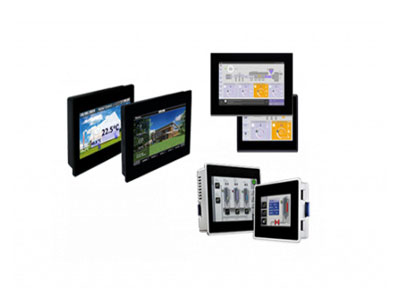
HMI Comparisons and Final Insights
HMIs are often compared to systems like SCADA and PLCs. This chapter provides a detailed comparison of these technologies, highlighting their roles, benefits, and differences. Get a clear understanding of how HMIs fit into broader automation systems and how they contribute to operational success.
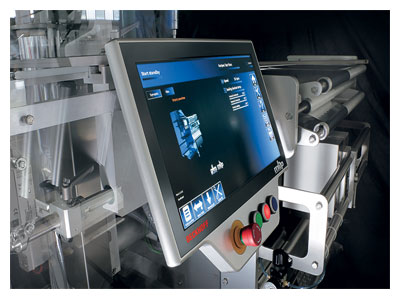
Real-World Examples and Case Studies
This chapter showcases real-world examples of HMI applications, demonstrating their impact on industries. From factory automation to vehicle interfaces, see how HMIs enhance productivity, streamline operations, and improve user experience, offering practical insights into their role in modern industrial settings.
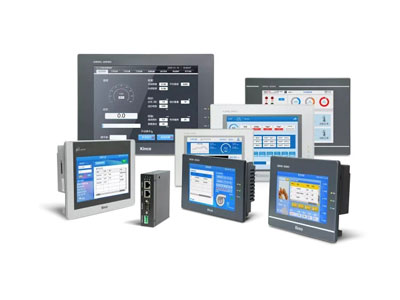
Miscellaneous Topics
This chapter covers various other critical aspects of HMIs, such as coding, human interface design, and how AI impacts HMI development. It also touches on the subtle differences between HMIs and traditional displays, providing a comprehensive understanding of all facets of HMI technology.
